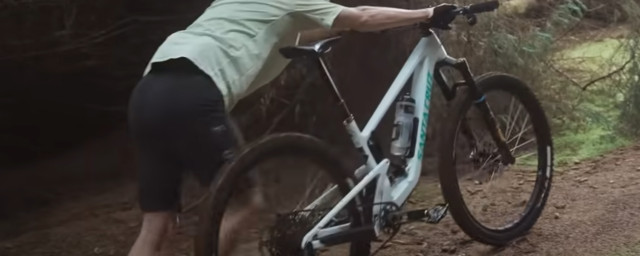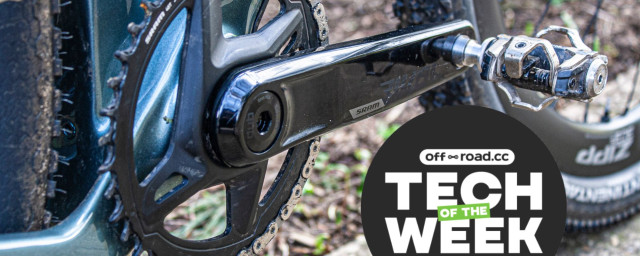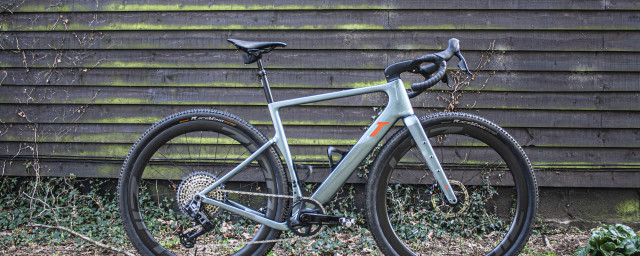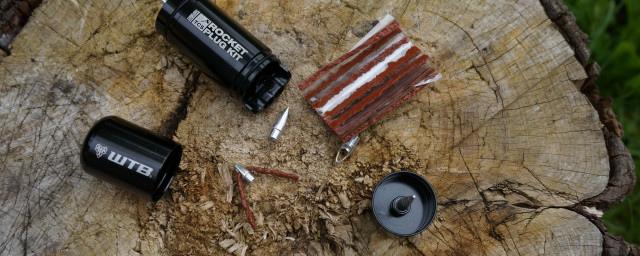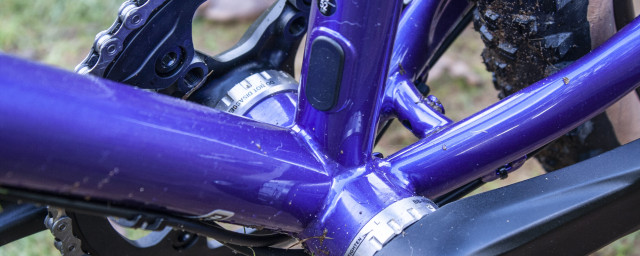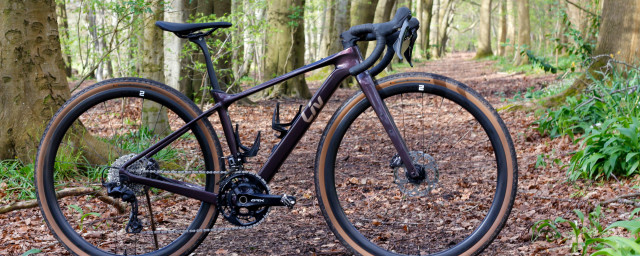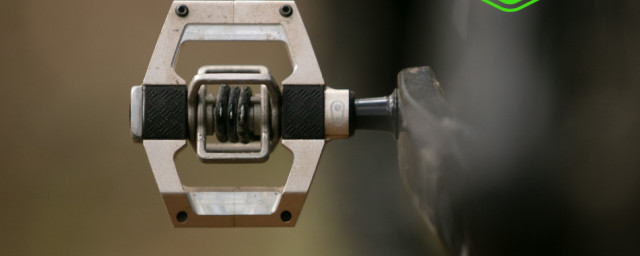The RXF 36 m.2 is Swedish suspension magicians Ohlins long-travel trail and enduro fork, freshly revised with lower friction internals and tweaked damping from their TTX18 cartridge. It's got a solid chassis and it's easy to switch between travel and spring types, but it's expensive, not as sensitive as the very best air units and it feels rather overdamped too.
- Five things that weren't cool - until enduro happened
- The best (and worst) mountain bike upgrades under £100
- Five ways to tell your shock needs a service
The RXF 36 uses - unsurprisingly - 36mm diameter upper legs and it's available in travels from 150-180mm, with the fork I tested delivering 160mm. There are long and short offset versions available and you can also get it in a 29" size, with all forks fitting in a whopping 2.8" tyre as standard.
The spring system is a rather neat cartridge unit, which means that you can switch between different length coil or air springs very quickly and easily. Switching between air and coil isn't really possible on most forks out there; they use the inside of the upper leg to house and seal the air spring piston, using a coil in such a fork will damage the internal surface, so it's a one-way conversion.
The cartridge air spring on this fork is an interesting unit. As well as a conventional two-chamber positive and self-balancing negative main air spring, there's also a second, separately charged air spring that lives in the shaft of the spring and is linked via a piston to the positive air chamber.
Air springs don't have a spring curve that's linear - it's more of a 'hammock' shape, with a stiff starting rate, a lack of support in the midstroke and finally a progressive ending rate. The only thing that's really good there is that progressive ending stroke, which is why there's been a drive to create much larger volume negative air chambers in most forks and shocks.
Doing this reduces the amount of force needed at the start of the stroke, improving small bump sensitivity, flattens the mid-stroke improving support and still gives a progressive ending stroke.
The Ohlins cartridge design precludes the use of a large volume negative air chamber - there simply isn't space for one - so Ohlins has a rather cunning workaround. The main spring has a negative air chamber that, although small in absolute terms, is relatively large compared to the positive chamber. Left alone, this would give a fork that is supple at the start of the stroke but would have an extremely progressive end of stroke - the small positive chamber would make it almost impossible to get full travel.
Here's where the other chamber comes in. As the fork compresses, the pressure in the positive chamber increases until it matches the pressure in the second air chamber. When the pressures equalise, they work in unison and act as one, larger volume positive spring. The theory is that you get the benefit of a large negative air spring at the start of the stroke while still being about to get good mid-stroke support and an end stroke that's not overly progressive.
Does it work? Well, for the most part, yes. It's a bit more of a pain to set up for a start, though Ohlin's recommended settings are pretty spot on. A more significant issue is that it's not as supple at the start of the stroke as either RockShox's Debonair or Fox's 2021 EVOL springs, which means it doesn't have the magic pitter-patter traction of either of those units.
After a chat with Ohlins, they suggested I remove a negative air spring volume spacer from the sprung - not a job for the mechanically inept, unlike adjusting the positive chamber volume spacers - and that did improve things somewhat, but still not to the very high standards of the former forks.
The fork does have amazing mid and ending-stroke support though. While some forks batter through the travel, the RXF 36 gives exceptional support and feedback, whether you're rattling into G-outs or pumping the bike between turns. It never felt like it was unwilling to give full travel when needed, nor was it too eager.
The damping is provided by the TTX18 cartridge, which is modified from their DH fork unit. It offers adjustable rebound damping along with 15 clicks of low-speed compression and three clicks of high-speed compression adjustment. In conjunction with the spring, it's got good support but it feels overdamped for my tastes; I ran it almost open in rebound and totally open in compression.
I'm fairly light at 70kg so maybe heavier or harder riders would want to wind on more compression and rebound, but it was often feeling slow to react and rather sticky in some situations. Along with the air spring, it felt much less confidence-inspiring on cross-cambered wet roots and the like, where the fork would deflect off-line rather than sucking up the bump and tracking true.
That really undermines confidence in tricky conditions and while the fork was good elsewhere, it's just not a match for RockShox's Lyrik or Fox's new 36. The Ohlins fork is also more expensive than either of those, though it stands up well in weight terms at 2,150g for this 160mm fork with 190mm steerer.
In summary
If you value the ability to chop and change travel and spring options easily, then there's a lot to like about the RXF 36. It's got excellent support and control too, if a somewhat overdamped feel. However, there are compromises in terms of all-out performance with the small bump sensitivity being lacking relative to big-name rivals from Fox and RockShox, both of which are cheaper and thus make it hard to wholeheartedly recommend.







